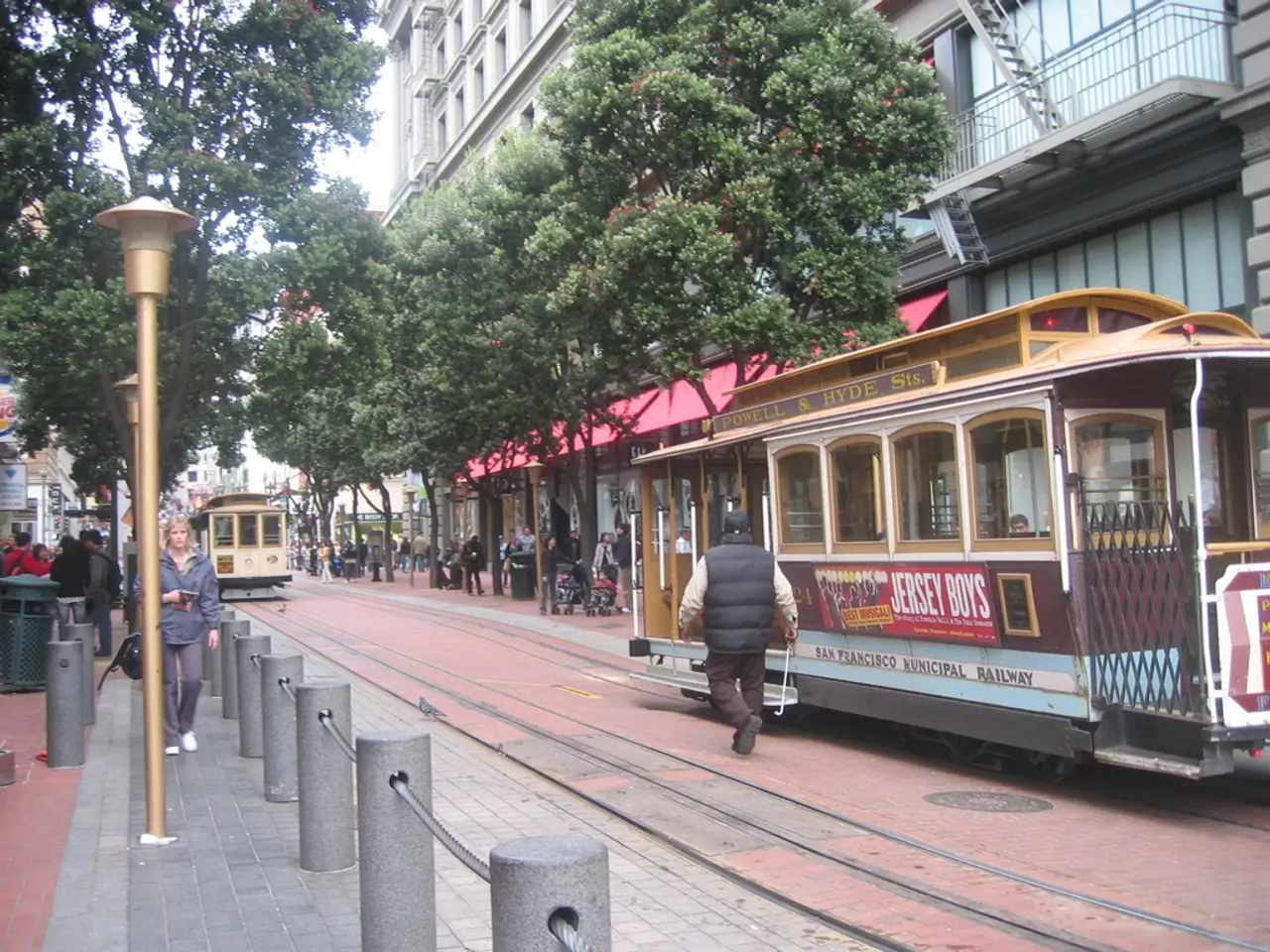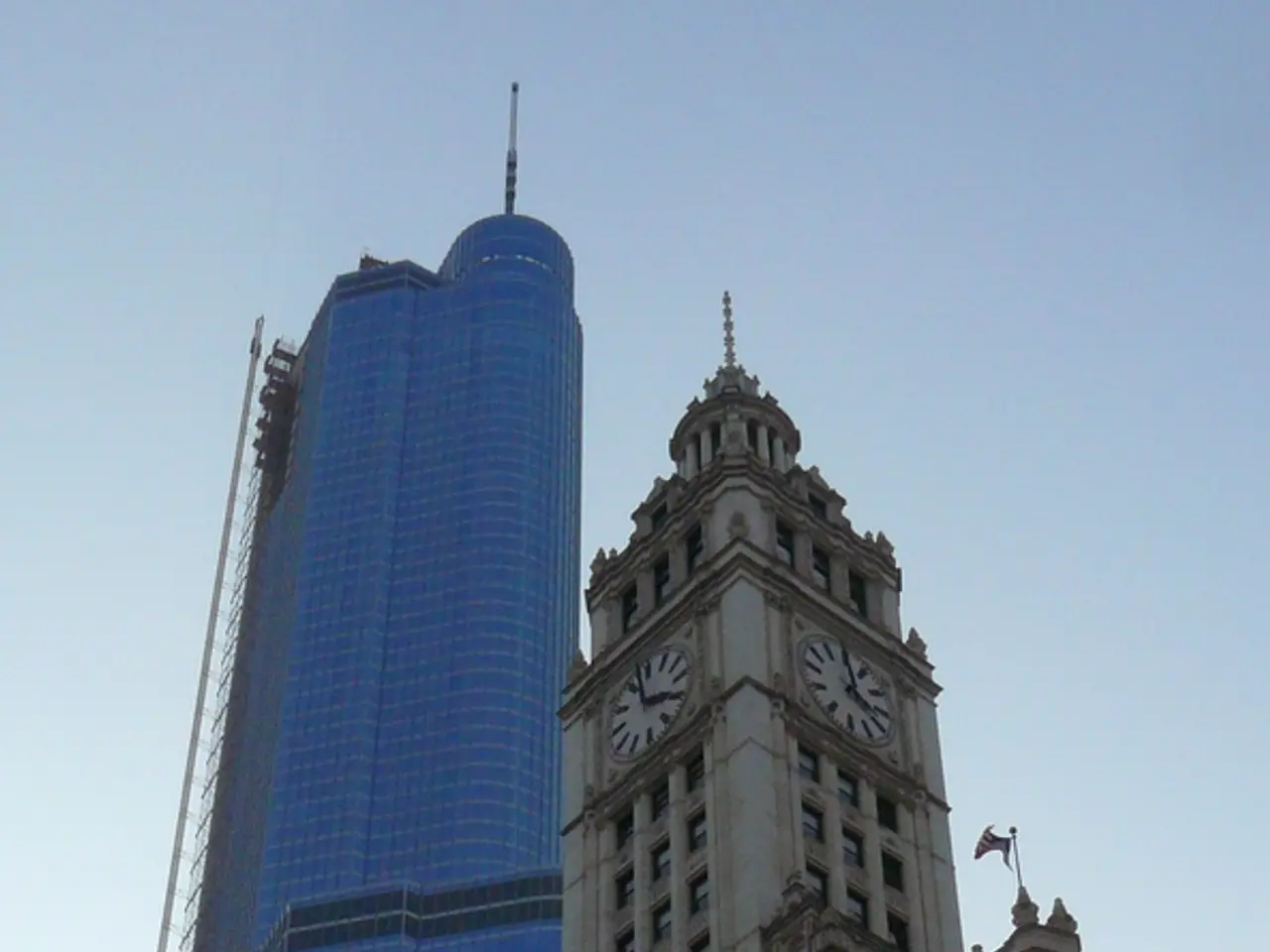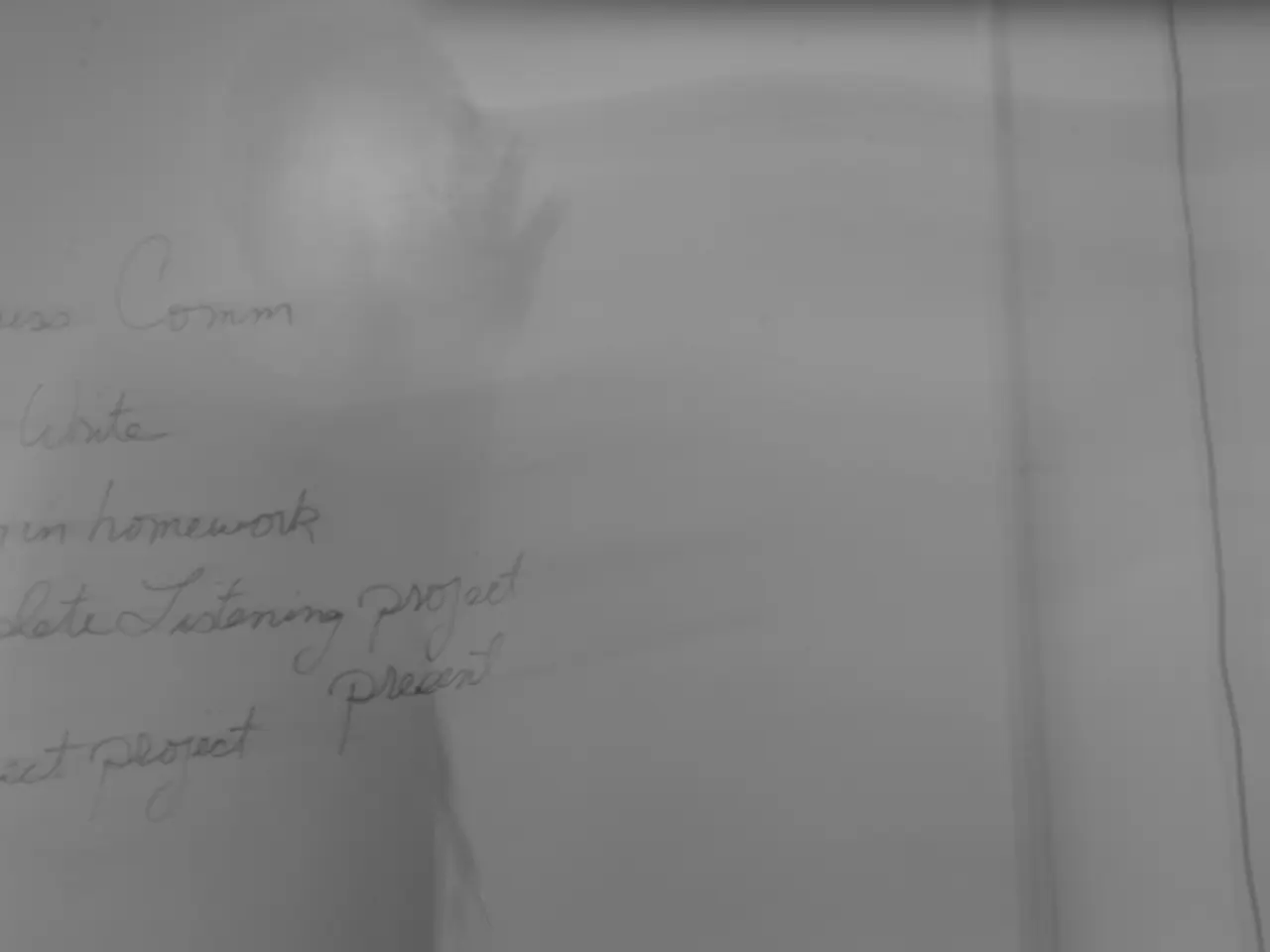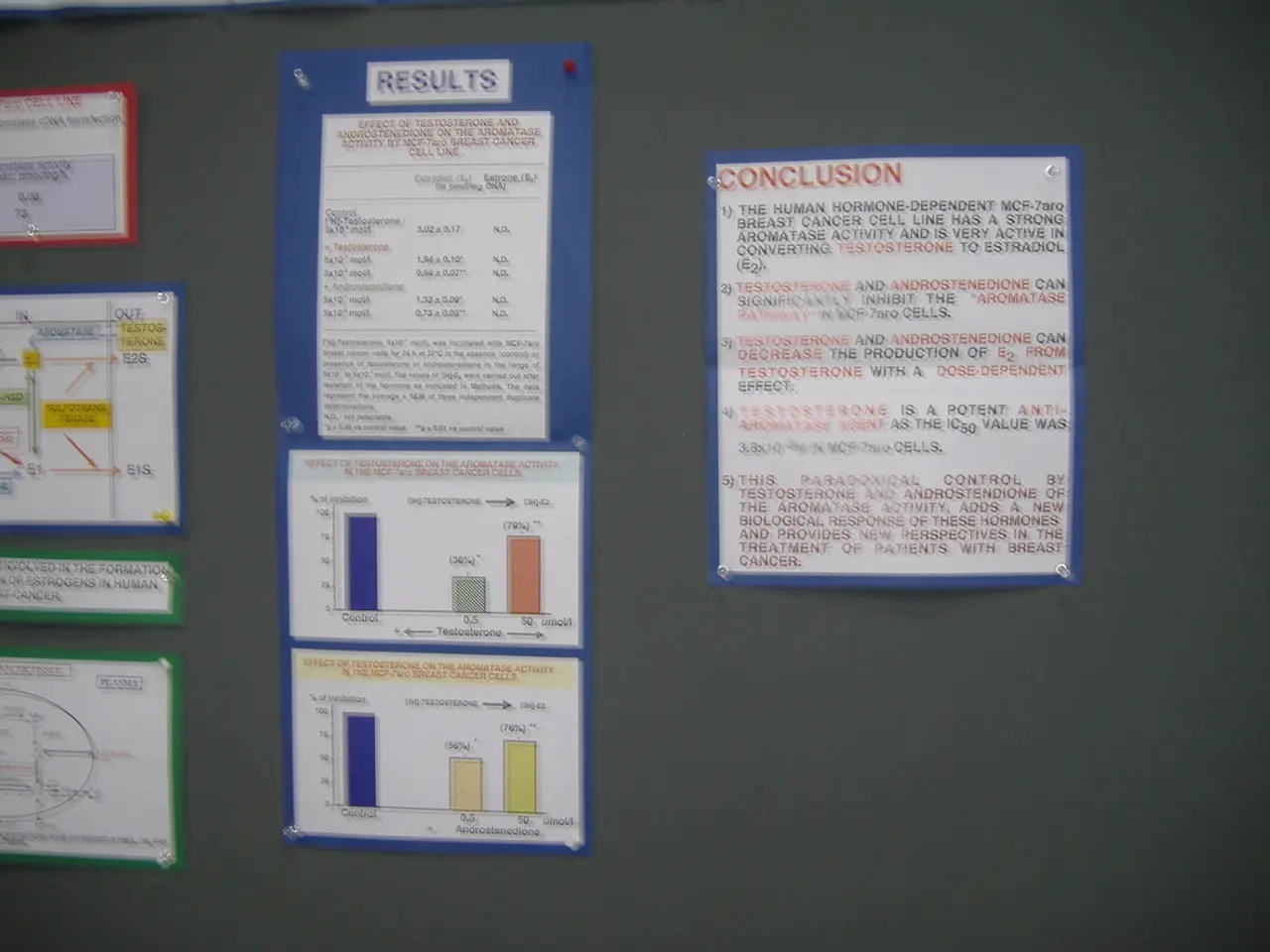Railway company Gäubbahn once again evades environmental sanctions
The German Environmental Aid (DUH) has been actively contesting the planned truncation of the Gäubahn, a key regional and long-distance railway line, as part of the Stuttgart 21 project. The Gäubahn extends from Stuttgart to Zurich, passing through Boeblingen, Horb, and Singen.
The DUH's latest attempt to halt the Gäubahn truncation was made in February, when they filed a complaint with the Higher Administrative Court of Baden-Württemberg (VGH), seeking to obligate the Federal Railway Authority to prohibit construction work on the Gäubahn line until a decision is made on the DUH's application for partial revocation of the plan approval decision relevant for the Gäubahn. However, this attempt, like the previous one, was unsuccessful. The VGH rejected the urgent application due to a lack of recognizable reason for revocation.
The DUH, an organization focusing on environmental issues, has also appealed to the Administrative Court in Stuttgart, but their complaint was also rejected. The judges in the previous complaint rejected the DUH's claim to intervention by the Federal Railway Authority.
The Stuttgart 21 project, a major reconfiguration of Stuttgart’s railway infrastructure, includes replacing the above-ground terminal station with an underground through station. The planned truncation of the Gäubahn has been a point of contention, with environmental groups arguing that it harms regional mobility and environmental interests.
Despite the DUH's legal challenges, construction work for the Stuttgart 21 project and associated Gäubahn adjustments are ongoing. The project authorities assert that all legal requirements are met. Passengers traveling to the city center will need to use regional trains or S-Bahns for several years until the connection of the line to the new underground station is completed.
As of mid-2025, the legal challenge brought by the DUH against the truncation of the Gäubahn has seen several developments. DUH's lawsuits focused on environmental impact assessments and compliance with transportation laws have proceeded through various administrative courts. To date, courts have largely upheld the legality of the Stuttgart 21 project’s modifications, including the truncation of the Gäubahn, after detailed reviews. However, some rulings have mandated additional environmental protection measures and operational guarantees to mitigate negative effects.
The DUH continues to appeal certain decisions, emphasizing potential long-term environmental and social impacts. These appeals are working their way through higher courts but have not yet resulted in a legal halt or significant alteration of the Gäubahn truncation.
The court announcement was made in Mannheim. As the legal challenge remains active, especially in higher courts, the project continues to advance. If you want, I can keep you updated as new rulings or developments emerge.
- The DUH has appealed to the finance sector, urging investors to reconsider funding the Stuttgart 21 project, citing its potential long-term environmental and social impacts.
- Recognizing the need for sustainable transportation solutions, the management of several European science institutions has shown interest in collaborating with the DUH to propose alternative methods for climate-change mitigation in the transportation industry.
- In an effort to strengthen the public's trust and maintain a positive image, the project authorities have mobilized efforts to implement environmental-science measures and ensure the Gäubahn adjustments adhere to strict transportation regulations.
- With the growing concern for the environment and environmental-science education, the DUH has called for increased involvement of public transit organizations in the transport sector, advocating for cleaner, more efficient means of transportation to reduce carbon emissions.




